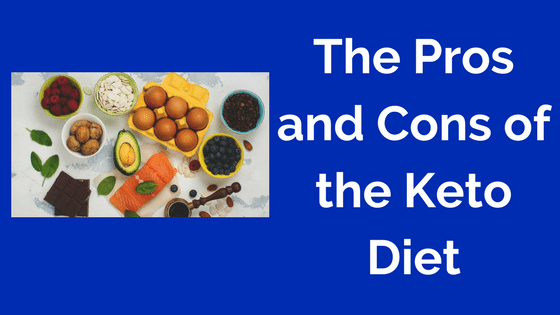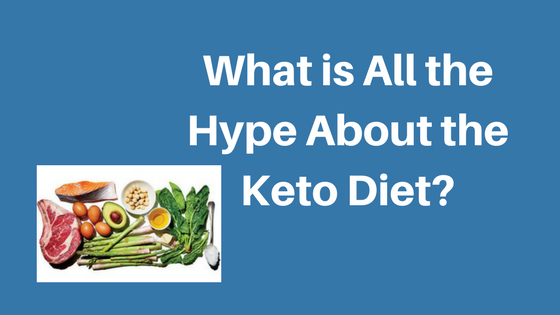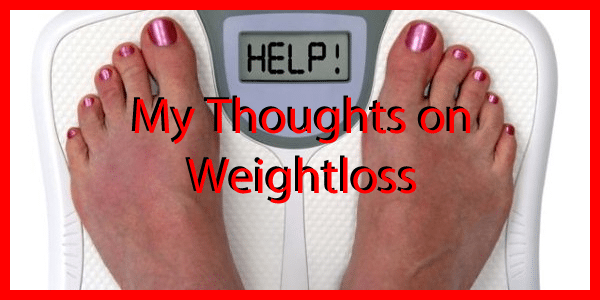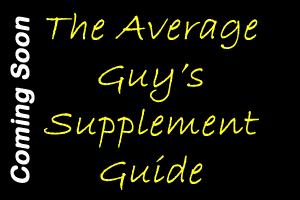Almost everyone has fat loss as a goal. It is all about what you eat and getting your body moving. In this section I publish some amazing advice on diet and fat loss. It is an essential part of life for everyone. It doesn’t matter if you are a bodybuilder, aspire to be a bodybuilder, or just want to be healthy, this section will have something for you.
The Top 3 articles in this area are:
Where Are You Right Now?
Menu Planning Strategies
Monday Madness: HIIT Harder for Fat Loss
Please take the time to familiarize yourself with the content in this area as it can help anyone get on the road to a better body.





